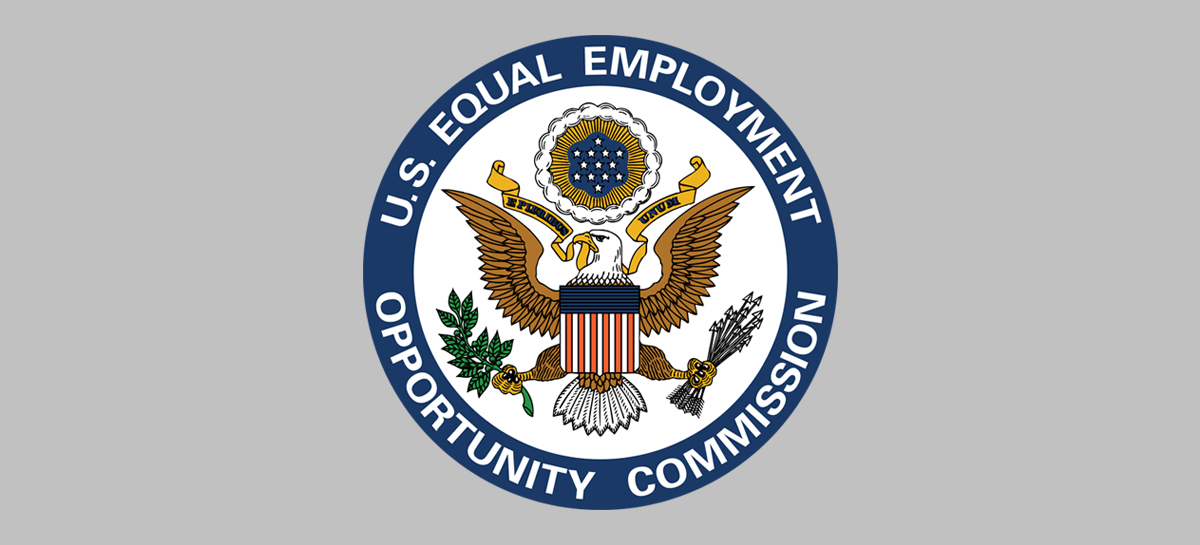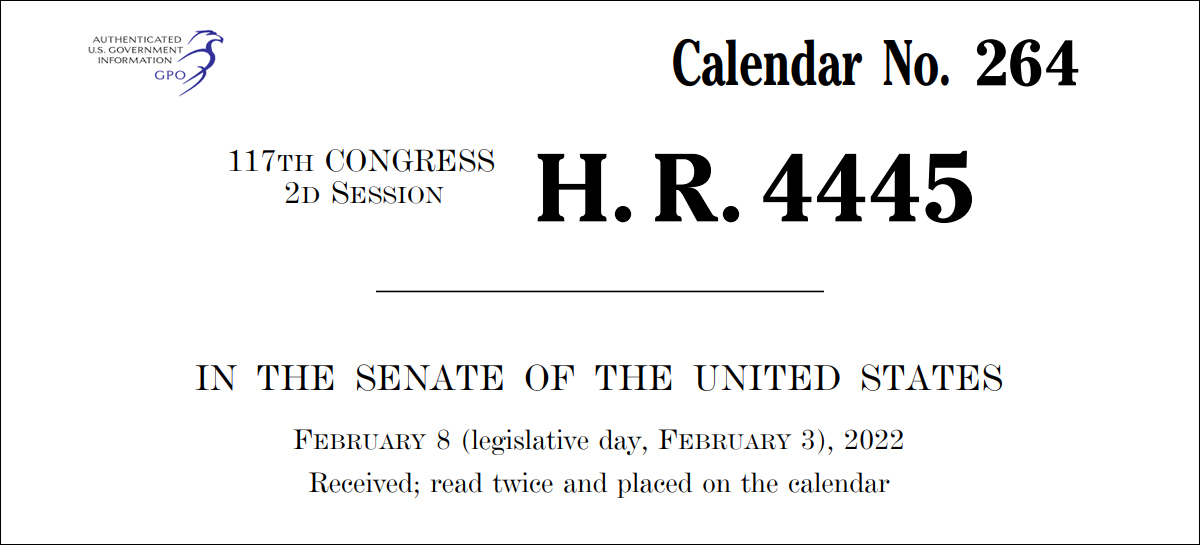Rob was recently quoted in an article by Matt Gonzales for SHRM (Society for Human Resource Management).
Read the full article here: Guidance on Handling Roe v. Wade Discussions in the Workplace
Rob was recently quoted in an article by Matt Gonzales for SHRM (Society for Human Resource Management).
Read the full article here: Guidance on Handling Roe v. Wade Discussions in the Workplace
Rob was recently quoted in an article by Mae Anderson from the Associated Press discussing small businesses who are still struggling to hire qualified workers.
“Many in the industry faced burnout after being on the front lines during two years of the COVID-19 pandemic, said Rob Wilson, president of human resources provider Employco. Some who stayed in the industry switched to larger restaurants where wages might be higher. Others left and looked into new opportunities.”
Read the full article here: Small businesses still struggle to find enough workers
A human resource and employment solutions firm, Employco USA is pleased to announce the growing expansion of its staff.
Employco’s newest team member:

Elli Penland, Human Resources Business Partner – Elli brings a highly coveted skill set to our team, combining years of human resources experience with a true passion for client service and care. In this position, Elli will be providing human resources services to high-value clients. Her areas of focus will include: employee relations, HR compliance, benefits administration, organizational design, training and development.
“Every day is a new opportunity to change your life and be who you want to be.” –Elli

The Equal Employment Opportunity Commission (EEOC) has issued FAQ guidance about how employers should comply with the Americans with Disabilities Act (ADA) and other federal fair employment laws while also observing workplace safety guidelines during the COVID-19 pandemic. The FAQs were originally released on March 17, 2020, and were most recently updated on March 14, 2022.
In section N of the guidance, the EEOC addresses the definition of “disability” under the ADA and how COVID-19 may or may not fit that definition.

Cyberattacks are a growing concern for employers across the globe but especially for those in the United States. According to the Identity Theft Resource Center, the number of reported U.S. data breaches rose 68% between 2020 and 2021, increasing to a record-setting 1,862 incidents. Of these breaches, 83% involved sensitive information, such as Social Security numbers.
These breaches targeted various organizations and industries, including those in manufacturing, utility services and finance. Essentially, any business that retains potentially valuable information could be a target; cybercriminals are frequently looking for the personal information of everyday citizens to sell or use to gain access to other systems.

Businesses of all sizes are currently facing attraction and retention challenges. Successful efforts to win over employees can require an investment of time and carry high costs. Unfortunately, small businesses often don’t have an excess of resources to invest in attraction and retention efforts in today’s worker-friendly labor market.
In what’s been labeled as the “great resignation,” an increasing number of employees are leaving jobs not only for better compensation and benefits but also to prioritize desires such as flexible work arrangements or career development opportunities. Losing an employee is particularly costly for small businesses, impacting both attraction and retention. Along with costs associated with recruiting, hiring and training a replacement, the employee that left was likely a key contributor in the smaller environment, potentially leading to a significant impact on the operations and culture of a workplace.

On Tuesday, March 29, 2022, the U.S. Bureau of Labor Statistics (BLS) released its February Job Openings and Labor Turnover Summary. Notably, the number of quits—defined by the BLS as a “voluntary separation initiated by the employee”—increased to around 4.35 million recorded in February, up from around 4.25 million in January. Experts typically use “quits” as a measure of workers’ willingness or ability to leave jobs.
This upward trend comes after the year 2021 saw record quit rates. In particular, around 4.5 million workers left their jobs in November 2021. In February’s report, many industries, including retail trade, durable goods manufacturing, and state and local government education, saw significant increases from January’s numbers. In contrast, the finance and insurance segment saw a notable decrease in quits.
A human resource and employment solutions firm, Employco USA is pleased to announce the growing expansion of its staff.
Employco’s newest team member:

Kathleen Pusateri, Account Executive – Kathleen joins our team of sales leaders with over a decade of industry experience and success attracting new business and managing key client relationships. She will be responsible for creating and maintaining new accounts along with business development for Employco.
“I am very honored to be joining this team, I know that we have mutually lofty goals and I intend to make a positive impact towards them. If you want to be the best, you must be surrounded by the best. This is what Employco means to me.” –Kathleen Pusateri
For more information, please contact Rob Wilson at (630) 286-7345 or robwilson@employco.com.
About Employco:
Headquartered in Westmont, Illinois, Employco provides employer management and human resource outsourcing, as well as a number of other administrative and progressive employment techniques. With our national reach, we work to lower costs while improving the performance and productivity of clients in every industry; from construction and manufacturing to retail and technology.
Visit us at:
www.employco.com
www.linkedin.com/company/employco-usa-inc-

On March 3, 2022, U.S. President Joe Biden signed the Ending Forced Arbitration of Sexual Assault and Sexual Harassment Act into law. Effective immediately, the new law prohibits employers from requiring employees to resolve claims of workplace sexual harassment or assault through arbitration or other alternatives to court litigation, or to waive them in advance.
Ending Forced Arbitration Act – Under the new law, an employer may not enforce a pre-dispute arbitration agreement or pre-dispute joint-action waiver against a person who files a case alleging sexual harassment or sexual assault in a federal, state or tribal court. An individual making a claim of sexual harassment or assault may choose to participate in arbitration or other litigation alternatives, but may not be required to do so.

Workplaces are currently facing a variety of challenges. One of the most pressing concerns is employee voluntary resignation; many entry-level, retail and hospitality workers are quitting in record numbers. However, this problem is affecting virtually every industry.
Certain employers are combatting this trend by emphasizing how much value they can bring to their workers beyond a simple paycheck. For some workplaces, these efforts entail promoting career growth with learning and development (L&D) solutions. Yet, an L&D program will only succeed if employees are eager to participate. This article outlines how employers can create enticing L&D programs.
Understanding the Value of L&D Programs – A quality L&D program can allow employers to help support employees on their learning journeys. When employees don’t have development and career advancement opportunities, they may feel unchallenged or unmotivated in their roles.